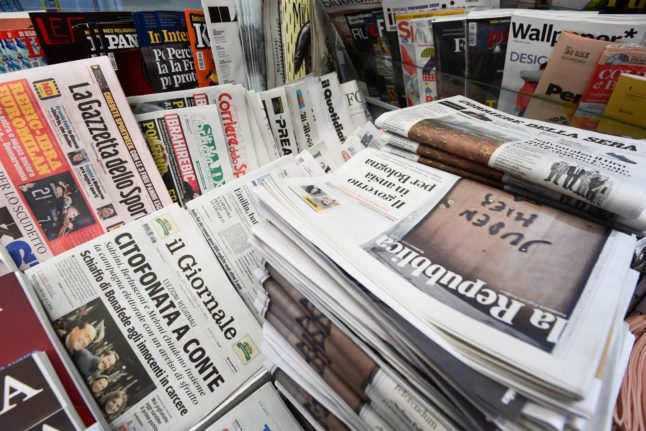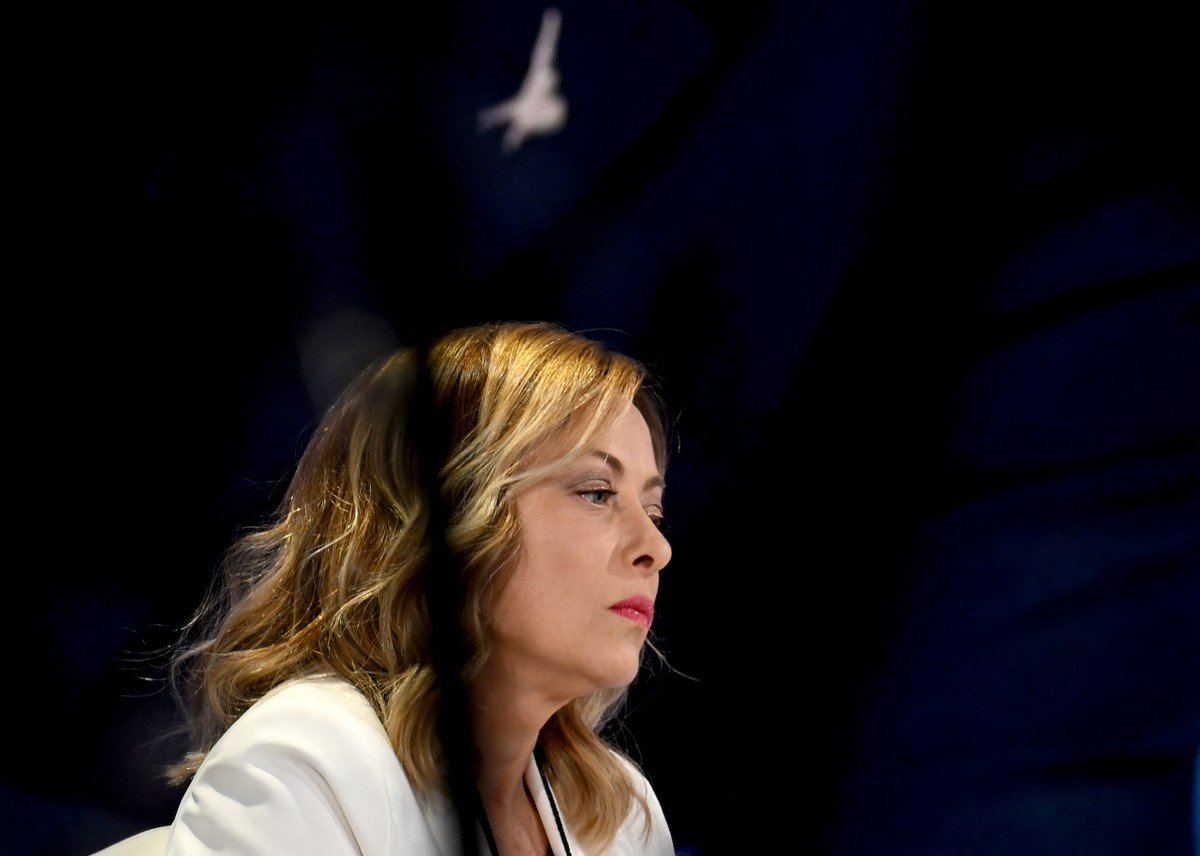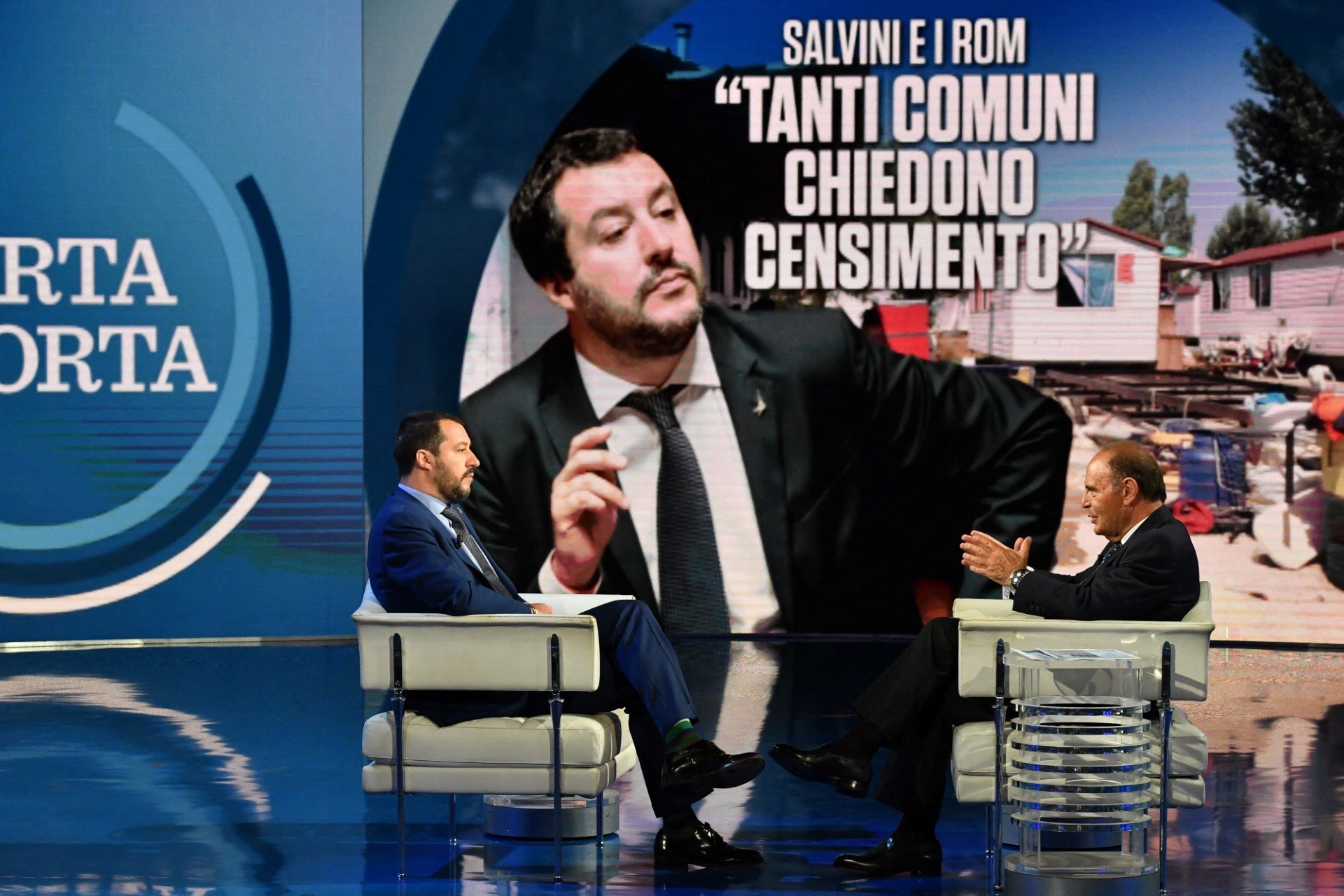READ ALSO: How will Italy's Covid-19 strategy change under the new government?
POLITICS
Italy’s new PM Draghi to unveil plan to rescue Italy from virus crisis
Italy's newly sworn-in prime minister is to give his first address to parliament as the country awaits details of his plans for managing the pandemic and economic crisis.
Published: 17 February 2021 09:22 CET

Italy's new prime minister Mario Draghi was sworn in on Saturday. Photo: Tiziana Fabi/AFP
Mario Draghi, former head of the European Central Bank (ECB), will speak to both houses before submitting his government to a vote of confidence.
He has the support of almost all the main political parties, meaning there's no doubt he'll pass the vote in the lower house of parliament, the Chamber of Deputies. The Senate vote may be more tense, as the broad coalition government has already begun bickering.
Italy has high hopes of Draghi. The 73-year-old economist went down in history with a 2012 speech in which he pledged to do “whatever it takes” to shore up the European single currency.
In his new mission, he'll need equal determination.
He was sworn in on Saturday as Italy's 30th prime minister in 75 years of republican history, ending a month-long political crisis that played out in the middle of the coronavirus pandemic.
The country's death toll is approaching 100,000, and there is rising concern about a new surge in cases brought about by the spread of British, Brazilian and South African variants.
Meanwhile, the economy shrank by almost nine per cent last year, one of the worst results in the eurozone, and close to 450,000 people lost their jobs – mostly women and young people.
In a short acceptance speech on February 3rd, after President Sergio Mattarella asked him to form a government, Draghi called for national unity in the face of a “difficult moment”.
He listed as his immediate priorities “defeating the pandemic, completing the vaccination campaign and relaunching the country” with the “extraordinary resources” offered by the European Union.
Italy expects to receive more than 200 billion euros ($240 billion) from the EU's post-coronavirus recovery fund, but in return, it is expected to
commit to potentially difficult or unpopular reforms.
The Senate speech will give Draghi the chance to finally unveil his agenda for the country, after weeks in which he hardly spoke in public, working
mostly behind the scenes.
The details of this new government's policies are as yet unknown, as Draghi hasn't yet made any further speeches and has advised his ministers to remain tight-lipped.
“[Today] will be the first time in which we will reasonably have the chance to listen to Draghi for more than two minutes,” political analyst and media expert Lorenzo Pregliasco told AFP.
What is expected to happen today?
Speeding up vaccinations, protecting businesses and workers and revamping an economy that struggled even before the pandemic struck are obvious
priorities for Italy's new leader.
He is also expected to promise long-awaited overhauls of Italy's stifling bureaucracy, labyrinthine tax code. and snail-paced justice system as well as fresh
investment in its underperforming schools and universities.
The public is also waiting in suspense to hear whether this government will change the country's coronavirus strategy, and whether that will mean a new nationwide lockdown.
The government's technical and scientific committee (CTS), which advises on – but does not decide – the rules, on Monday called for reinforced measures to “contain and slow” the spread of variants.
Draghi has assembled a cabinet comprising a mix of politicians and technocrats.
The premier can count on near-universal support in parliament, stretching from leftists to the hard-right League of Matteo Salvini, and extending to the formerly anti-establishment Five Star Movement (M5S).
But tensions have already emerged within the coalition, notably over the government's abrupt decision on Sunday to keep ski resorts closed just hours
before they were due to reopen.
“I don't believe the government will last until the end of the parliamentary term [in 2023],” Teresa Coratella, a Rome-based analyst from the European Council of Foreign Relations, told AFP.
“On one side we have a very strong government from the point of view of the technical expertise of its ministers; on the other, we have a very fragile political balance,” she added.
Debate will continue throughout Wednesday, and the Senate vote will take place at 10pm with results expected by midnight.
Url copied to clipboard!




 Please whitelist us to continue reading.
Please whitelist us to continue reading.
Member comments